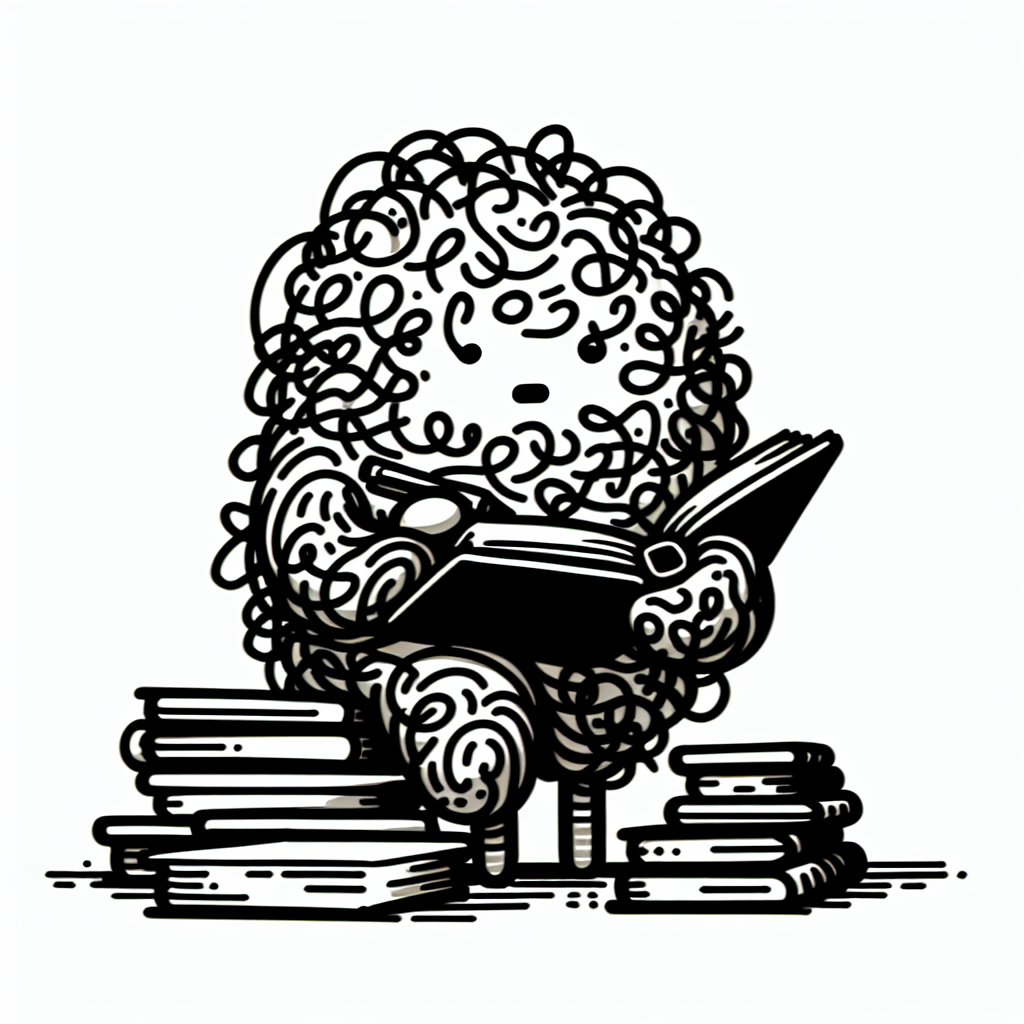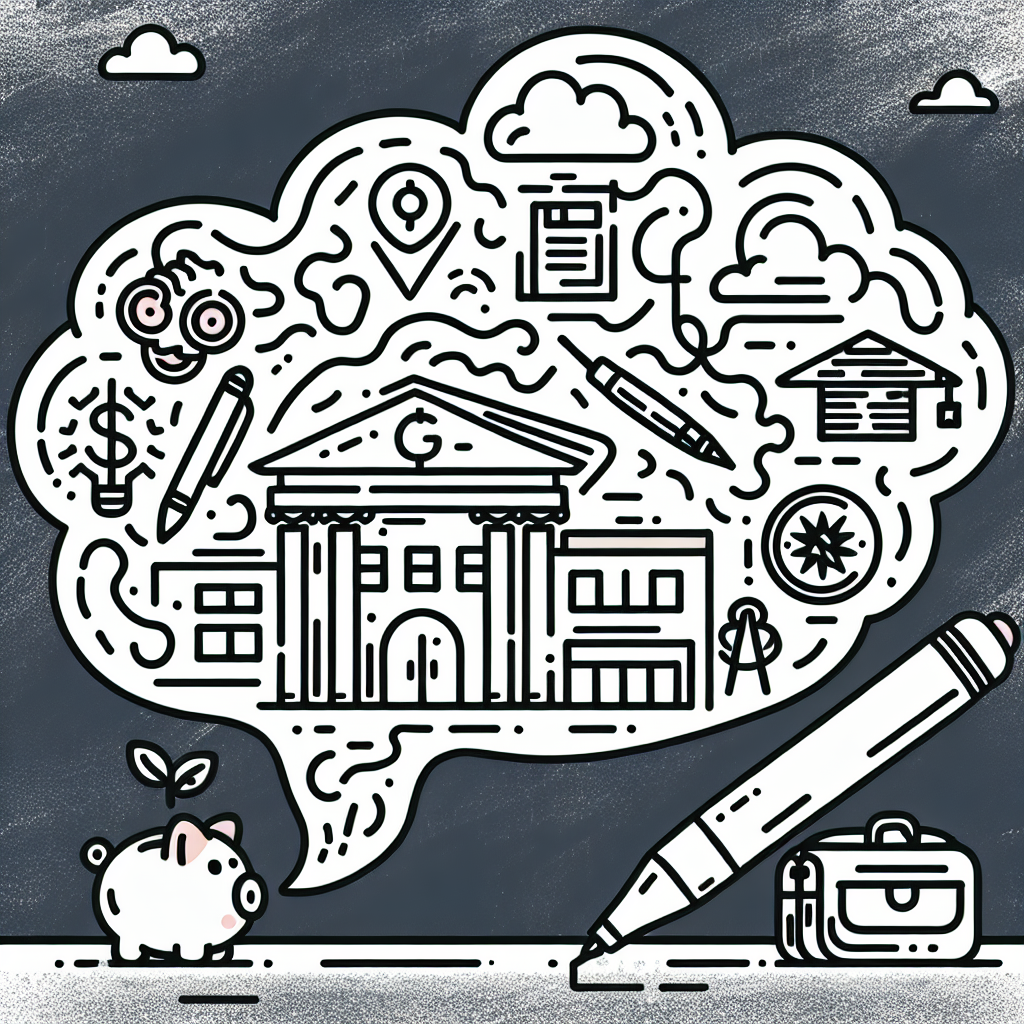Introduction
Developing strong study skills is essential for high school students aiming for academic success. These skills not only help students manage their coursework more effectively but also build a foundation for lifelong learning. Well-developed study habits contribute to better grades, reduced stress, and improved time management.
In high school, students face increasing academic demands that require more than just intelligence—they need consistent strategies to process information, retain knowledge, and perform well on assessments. Effective study habits also prepare students for college and the workforce, where independent learning and self-discipline are critical.
Research supports a range of evidence-based strategies that can help students build effective study skills. These include active recall, spaced repetition, time management techniques, and the use of organizational tools to track assignments and deadlines. By integrating these methods into their routines, students can enhance their academic performance and develop habits that support long-term success.
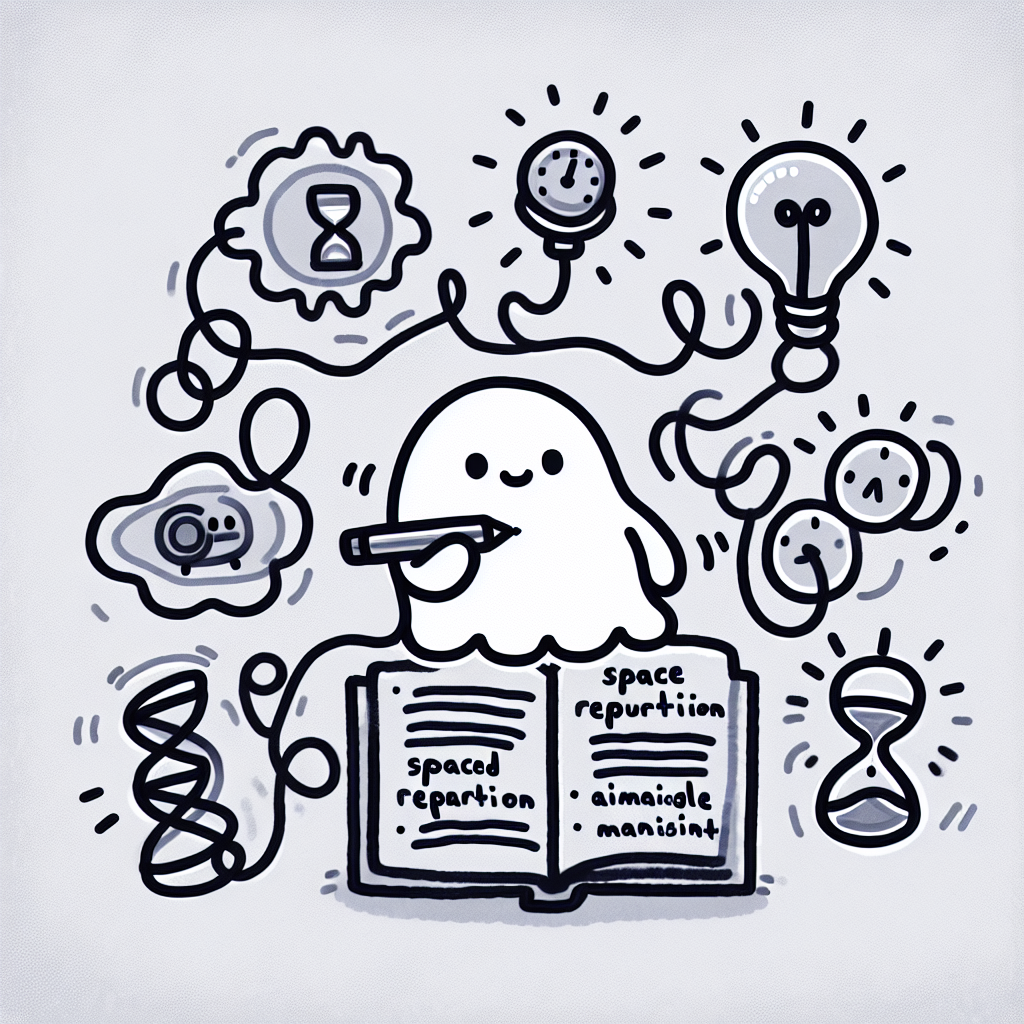
Understanding Study Skills
What Are Study Skills?
Study skills for high school students refer to a set of strategies and techniques that help students learn more effectively and efficiently. These skills are essential for managing academic responsibilities and achieving academic success.
The core categories of study skills include:
- Time Management: Organizing and planning how to divide time between various academic and personal tasks to maximize productivity.
- Reading Comprehension: Understanding and interpreting written material accurately, which is crucial for processing textbooks and assignments.
- Note-Taking: Recording key information during lectures or while reading to aid in future review and understanding.
- Memory Retention: Using methods to retain information over time, such as mnemonic devices, repetition, and active recall.
- Test Preparation: Developing strategies to study effectively for exams, including practice tests, summarizing materials, and reviewing notes.
Why Study Skills Matter
Developing strong study skills for high school students is directly linked to improved academic performance. According to EBSCO, effective study habits can lead to better grades and a deeper understanding of material.
Beyond high school, these skills serve as a foundation for future success in college and the workforce. Students who build solid study habits early are more likely to manage the increased academic demands of higher education and the organizational challenges of professional life.
Moreover, acquiring these skills fosters confidence. As students learn how to tackle their workload efficiently, they gain a sense of control over their academic journey, reducing stress and increasing motivation.
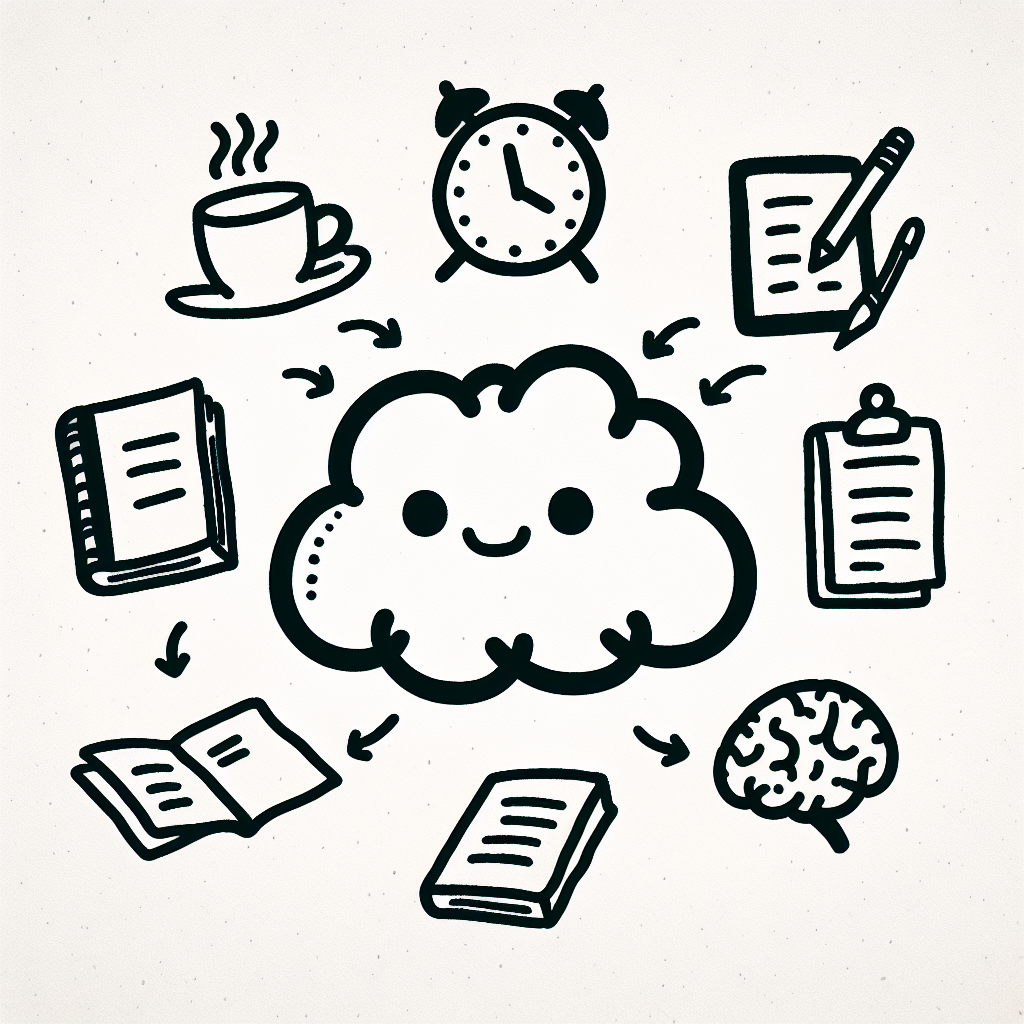
The Science Behind Effective Study Habits
Cognitive and Behavioral Foundations
Effective study skills for high school students are grounded in cognitive and behavioral principles, particularly self-regulation and metacognition. Self-regulation involves the ability to plan, monitor, and evaluate one’s learning process, allowing students to take control of their academic outcomes. Metacognition, or thinking about one’s thinking, enables students to assess what they know and identify what they still need to learn. These skills are essential for adapting study strategies and improving academic performance over time.
Reflection and self-assessment also play key roles in building effective study habits. Through regular reflection, students can evaluate which methods are working and make adjustments as needed. Self-assessment helps learners identify gaps in understanding, leading to more targeted and efficient studying.
Self-Regulated Learning in High School
Recent research provides deeper insights into how self-regulated learning differentiates high-performing students from their peers. A study using trace data from digital learning platforms found that high-performing high school students consistently engage in behaviors such as re-reading materials and self-monitoring their progress (arXiv). These students are more likely to reflect on their learning activities and adjust their approach as needed.
In contrast, struggling students often lack the tools to orient themselves effectively in the learning process. The same study noted that these students benefit from scaffolding, such as guided prompts or structured frameworks, to support their self-regulation efforts.
To improve self-regulation, high school students can adopt specific strategies such as setting clear goals, using checklists to track progress, and scheduling regular reviews of their work. Incorporating metacognitive practices like summarizing what was learned or asking self-reflective questions can also enhance the effectiveness of these study skills for high school students.
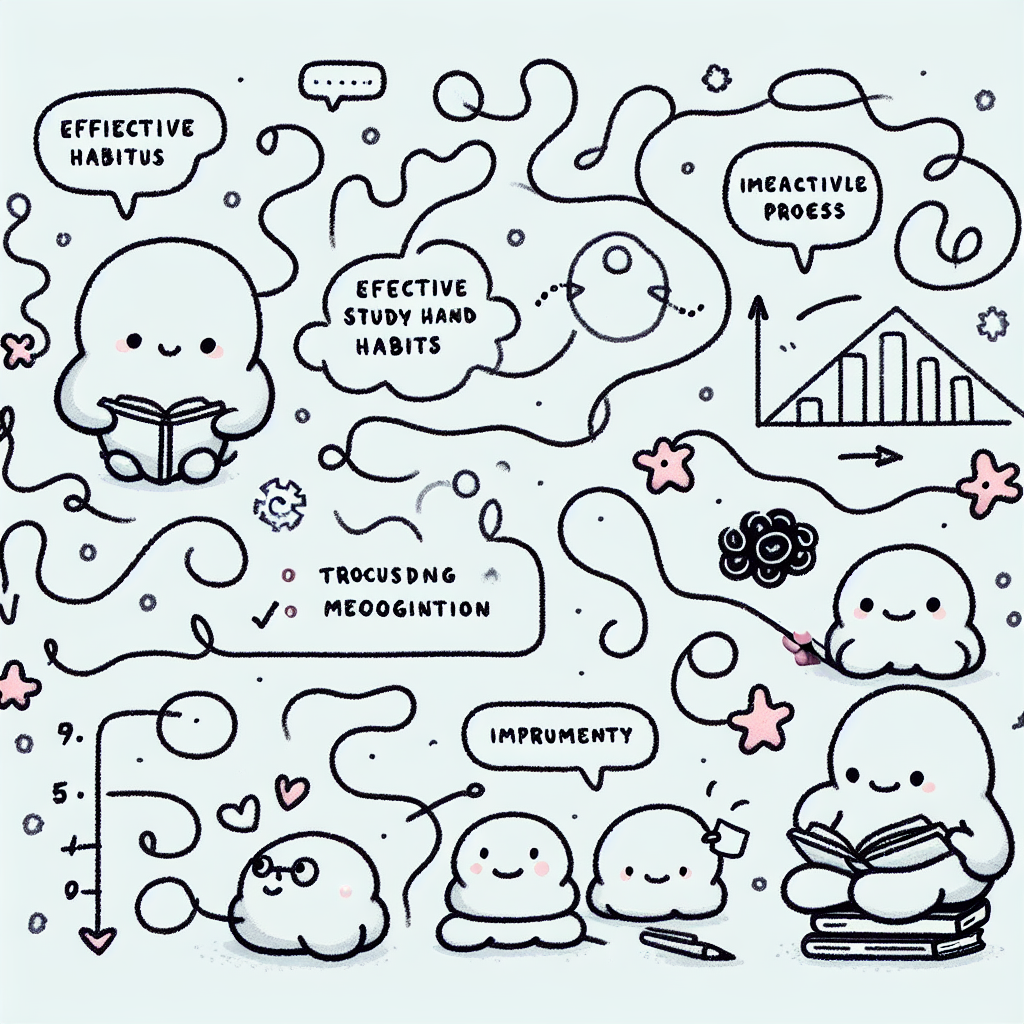
Active Learning: A Transformational Approach
What Is Active Learning?
Active learning is an instructional approach that engages students directly in the learning process, encouraging them to participate actively rather than passively absorb information. Key strategies used in active learning include think-pair-share (where students think individually, discuss with a partner, and then share with the class), problem-solving exercises, group discussions, and flipped classrooms—where students review content at home and use class time for interactive activities.
In contrast to traditional, passive learning methods such as lectures, active learning places students at the center of the learning experience. This shift promotes deeper understanding and critical thinking, which are essential study skills for high school students.
Evidence of Effectiveness
Research supports the effectiveness of active learning. A large meta-analysis found that active learning significantly reduces failure rates and improves student performance. Specifically, failure rates drop from 32% to 21%, and performance improves by nearly half a standard deviation (Wikipedia). These results indicate that active learning is not only more engaging but also more effective than traditional lecture-based instruction.
Applying Active Learning in High Schools
To implement active learning in high school settings, educators can adapt strategies to be age-appropriate and accessible. For example, using structured group activities, collaborative projects, and guided discussions helps younger learners participate meaningfully. Encouraging students to work together fosters collaboration, a critical component of many study skills for high school students.
When students are actively involved in constructing their knowledge, they tend to retain information more effectively and gain a deeper understanding of the material. This makes active learning a valuable method for developing strong study skills for high school students.
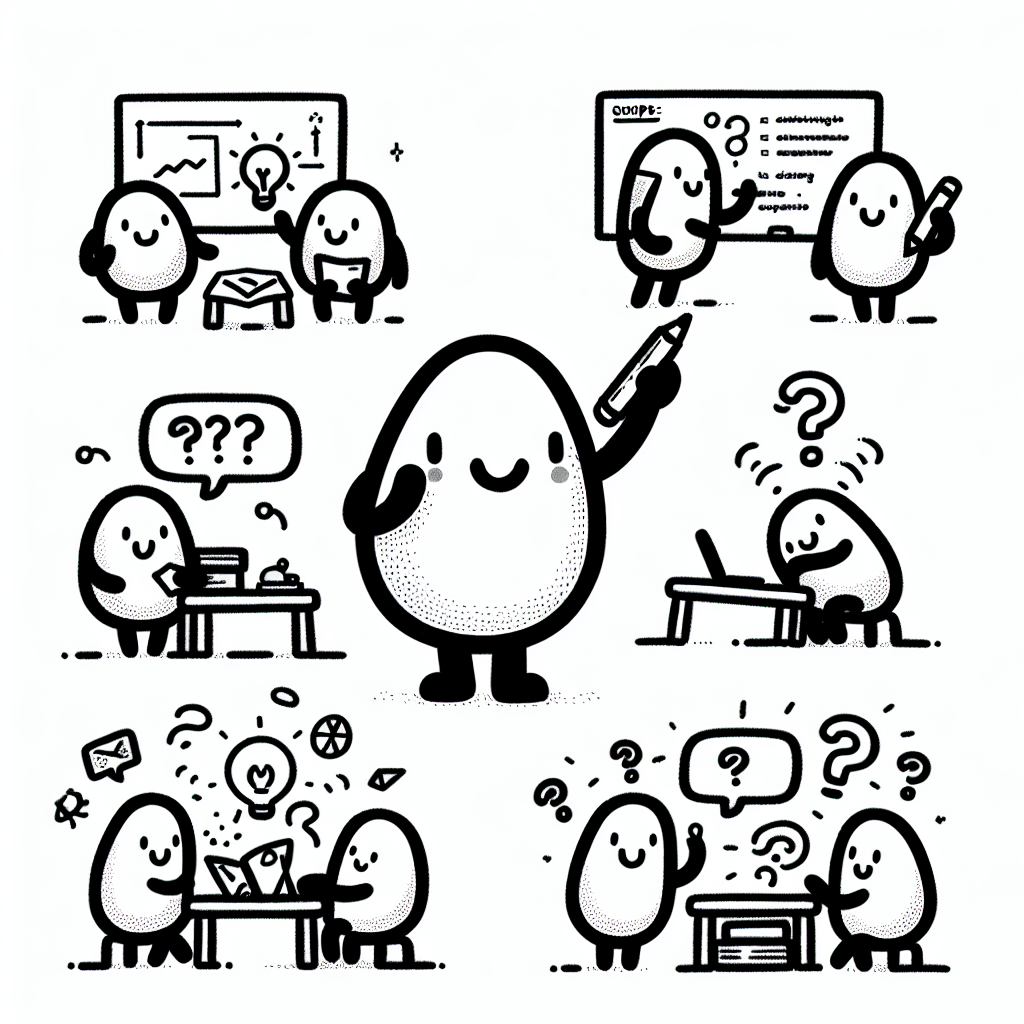
Building Core Study Skills
Effective study skills for high school students begin with building strong foundational habits that support academic success. This section outlines essential techniques across key areas.
Time Management
Good time management helps students stay organized and reduce stress. Tools like planners and scheduling apps (e.g., Google Calendar, Todoist) can help track assignments and deadlines. Using a prioritization matrix, such as the Eisenhower Box, allows students to distinguish between urgent and important tasks. Balancing school, extracurricular activities, and a social life requires setting boundaries and allocating time blocks for each responsibility.
Note-Taking Techniques
Efficient note-taking is essential for retaining class information. The Cornell Method divides notes into cues, notes, and summaries, promoting review and critical thinking. Mapping uses diagrams to show relationships between concepts, while outlining organizes information hierarchically. Students should compare digital and handwritten notes to see which method enhances their retention; handwritten notes often encourage deeper processing. Active listening and summarizing key points in their own words also boost understanding.
Reading and Comprehension Strategies
The SQ3R method—Survey, Question, Read, Recite, Review—encourages active reading and improves retention. Annotating texts helps students engage with material by highlighting main ideas, writing questions in the margins, and underlining key terms. Recognizing topic sentences and transition words can aid in identifying essential information within passages.
Memory and Retention
To retain information over time, students can use spaced repetition, which involves reviewing material at increasing intervals. Flashcards, especially those created with apps like Anki, support this method. Mnemonic devices and visualization techniques—such as associating concepts with images or acronyms—can make recall easier. Teaching concepts to a peer is another effective strategy, as explaining material reinforces understanding.
Test Preparation and Test-Taking Skills
Preparing for tests involves reviewing notes, completing practice exams, and attending group or teacher-led review sessions. Managing test anxiety through deep breathing, adequate sleep, and mindfulness can improve performance. For multiple-choice exams, students should eliminate clearly wrong answers first, while essay exams benefit from outlining responses before writing to ensure clarity and structure.
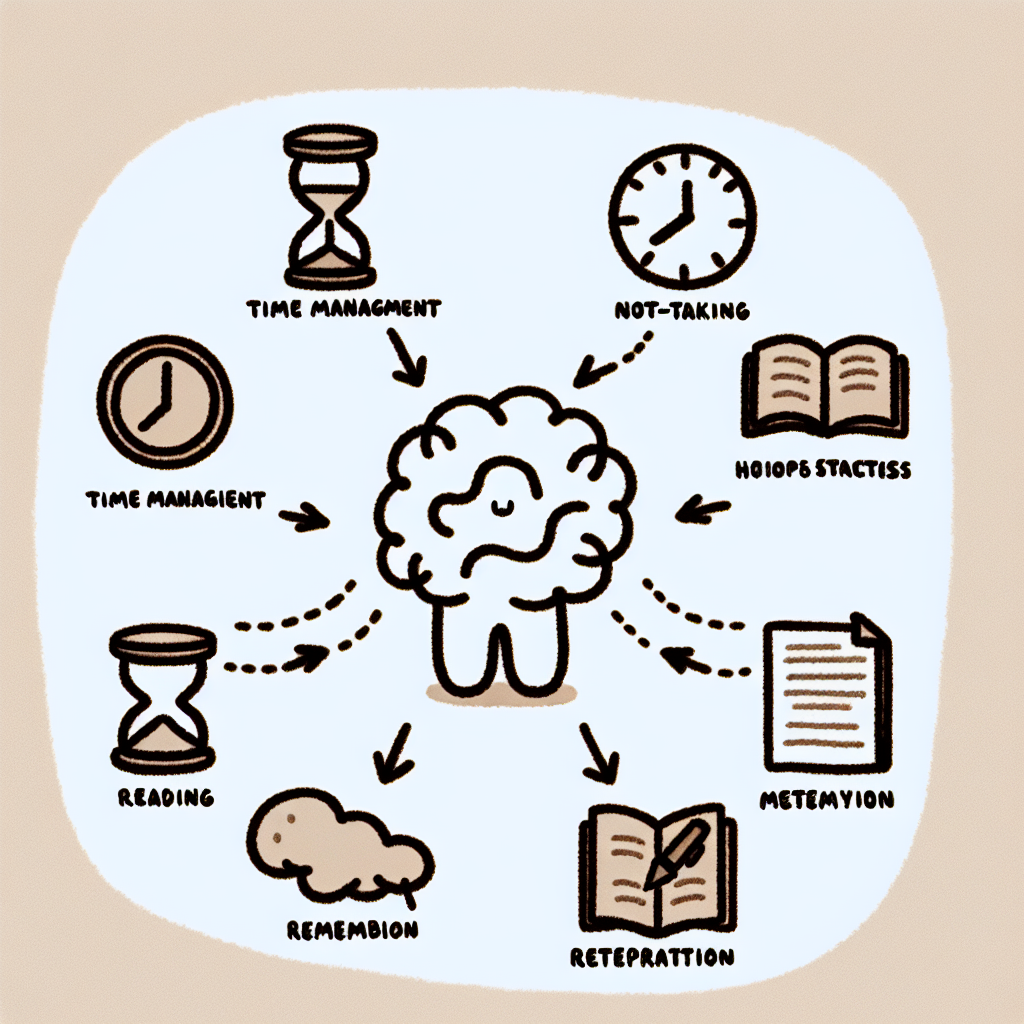
The Role of Reflection and Adaptation
Why Reflection Matters
Reflection plays a key role in developing effective study skills for high school students. By encouraging a growth mindset, students begin to see challenges and setbacks as opportunities to improve rather than as failures. This mindset helps students understand that intelligence and ability can be developed through effort and persistence.
Learning from mistakes and feedback is another critical aspect of reflection. When students take time to analyze what went wrong—whether it’s a low test score or poor time management—they can identify patterns and adjust their strategies accordingly. This process helps them better prepare for future academic tasks.
Case Study: Reflection Seminars in Study Skills
A study published on arXiv examined the effects of structured reflection seminars on students’ academic habits and confidence. The longitudinal research found that 78% of students believed that reflection significantly improved their study techniques. Over time, these students demonstrated greater self-awareness and more consistent application of effective study methods.
How to Implement Reflection in High School Settings
High schools can integrate reflection into their curriculum through regular journaling exercises, guided group discussions, or dedicated reflection sessions after major assignments and exams. Teachers can prompt students with questions like:
- What worked well during your preparation?
- What challenges did you face, and how did you address them?
- What would you do differently next time?
Incorporating these practices helps students internalize lessons from their experiences and continuously refine their study skills.
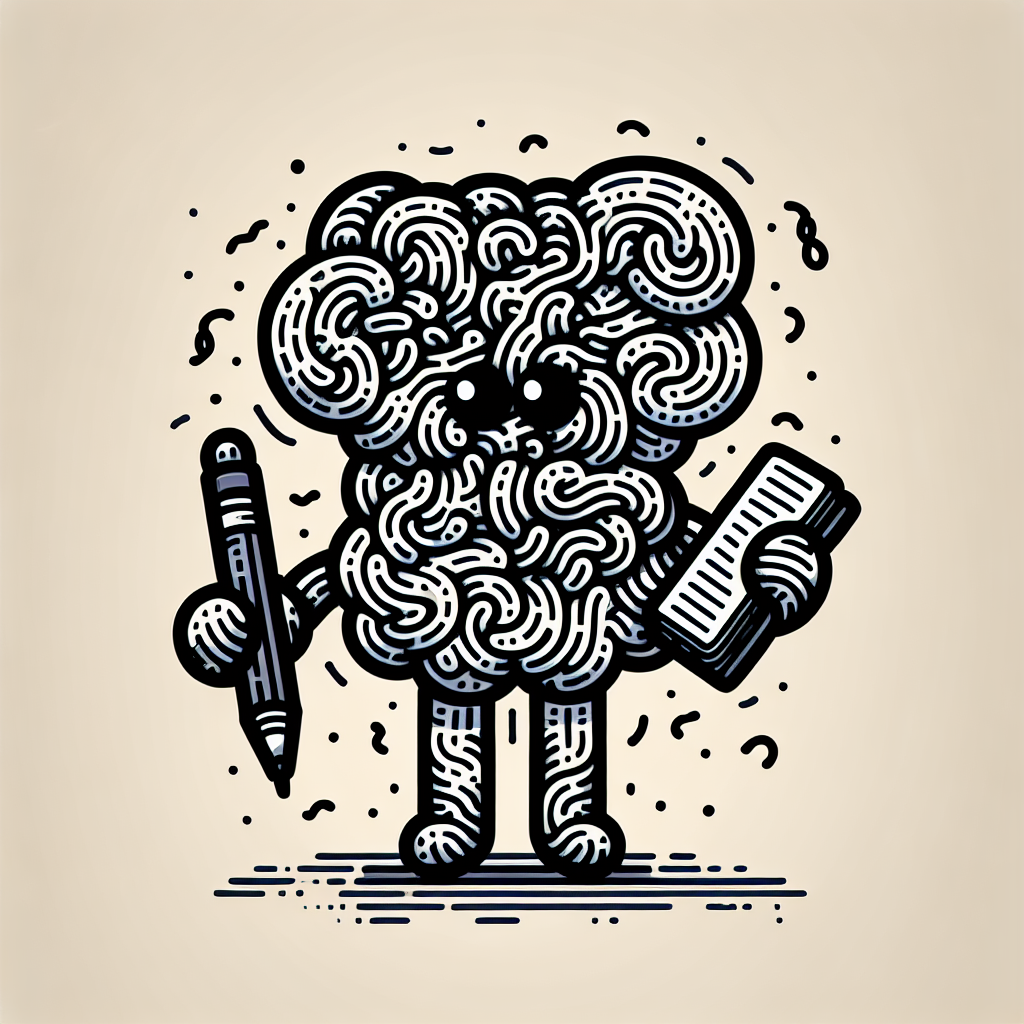
Preparing for Postsecondary Success
Bridging the Gap Between High School and College
Many high school students struggle to transition smoothly into college-level academics. According to K12, 49% of students report feeling unprepared for the rigor of college coursework. This highlights the need for strong study skills for high school students to bridge the gap between secondary and postsecondary education.
Developing effective study habits helps students build resilience and independence. These qualities are essential for navigating the increased academic demands and personal responsibilities of college. Through consistent practice, students learn to adapt to new challenges and manage their learning without constant supervision.
Essential Skills for College Readiness
To succeed in college, high school students must cultivate several core competencies:
- Self-directed learning: College environments require students to take initiative in their education. This means setting goals, monitoring progress, and seeking help when needed—skills that can be developed through structured study routines and reflective learning practices.
- Time and workload management: Balancing multiple classes, assignments, and extracurriculars demands effective planning and organization. High school students who practice using planners, prioritizing tasks, and breaking down large projects into manageable steps are better equipped for the college workload.
- Critical thinking and problem-solving: College-level work often involves analyzing complex information and forming independent judgments. Strengthening these skills in high school—for example, through debates, research projects, and inquiry-based learning—can foster deeper understanding and academic confidence.
Integrating these study skills for high school students into everyday learning not only supports academic success now but also lays the groundwork for thriving in higher education.
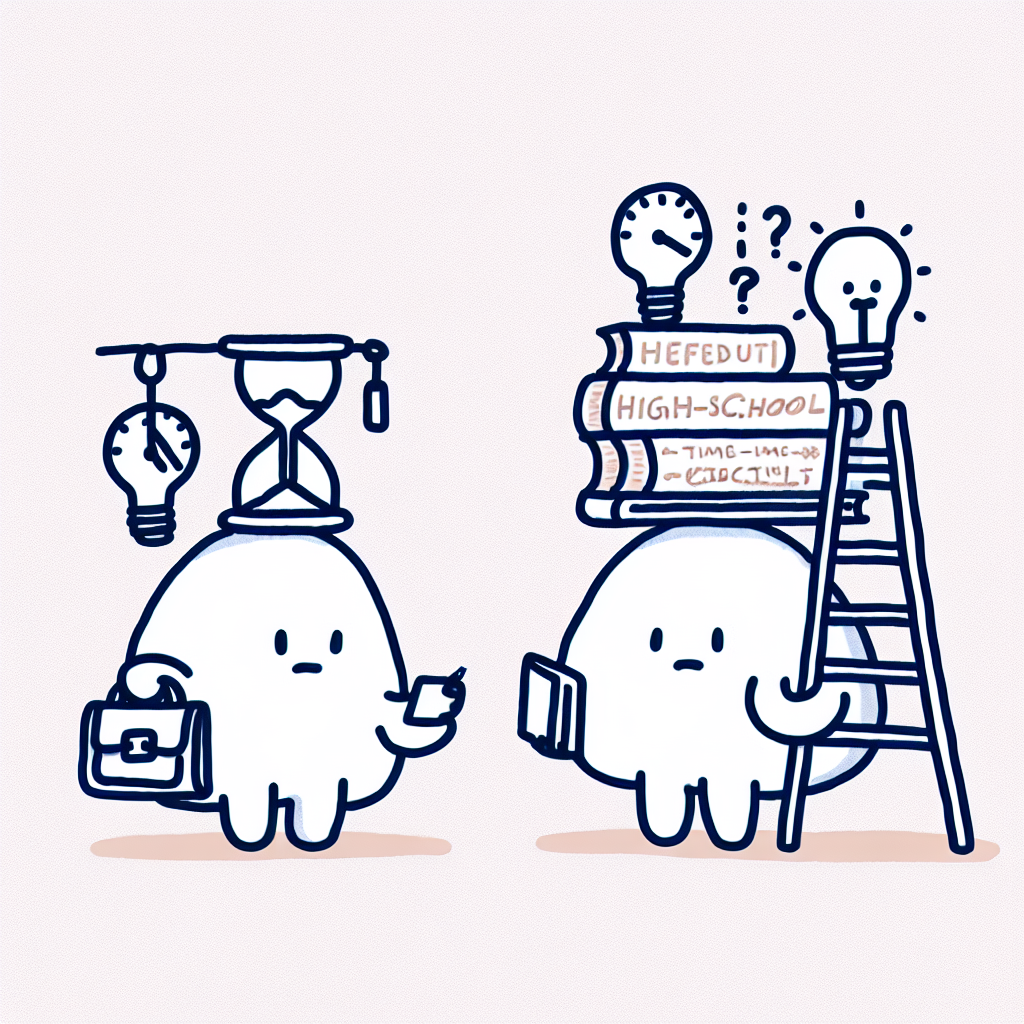
Integrating Study Skills into the Curriculum
School-Wide Initiatives
A school-wide approach to teaching study skills for high school students can significantly enhance academic outcomes. One effective strategy is embedding study skills instruction into advisory periods or homeroom. These structured times offer consistent opportunities for students to learn and practice essential techniques such as goal-setting, time management, and note-taking within a familiar and supportive environment.
Another key initiative is providing professional development for teachers. When educators are trained to incorporate study skills into their subject areas, students receive consistent reinforcement across the curriculum. Teachers can model effective study habits and integrate skill-building activities into daily lessons, helping students apply these strategies in real-time academic contexts.
Leveraging Technology
Technology offers powerful tools for fostering study skills in high school students. Time-tracking apps can help students manage their schedules, set reminders, and maintain focus. Flashcard apps like Quizlet allow for efficient memorization and review, while collaborative tools such as Google Docs and Microsoft Teams support group study and shared learning.
Learning management systems (LMS) such as Canvas or Schoology also play a vital role. These platforms can support active learning through discussion boards, self-paced modules, and interactive assignments. By integrating study skills into the digital tools students already use, schools can reinforce effective habits and make skill development a seamless part of the learning experience.

Conclusion
Developing strong study skills for high school students is essential for academic success and long-term learning. These skills not only help students manage their coursework more effectively but also build habits that support critical thinking and independent learning.
Early intervention in high school is crucial. The habits and strategies students adopt during these years can shape their academic trajectory and confidence. Addressing study skills early helps prevent future struggles and fosters a foundation for lifelong learning.
Students are encouraged to take a proactive, reflective approach to their studies. By regularly evaluating what works and making adjustments, they can become more efficient learners. Building strong study skills now sets the stage for success in high school and beyond.
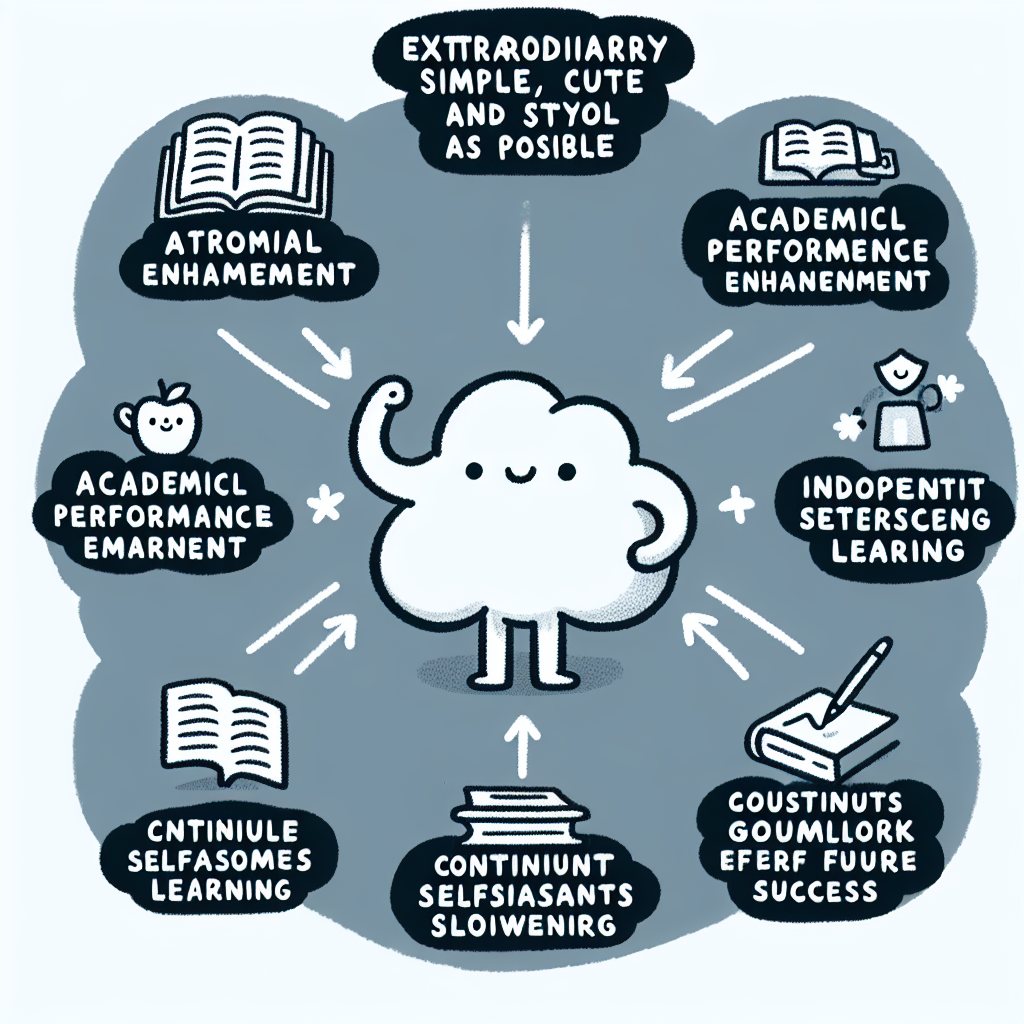
References
- Active Learning Enhances Academic Performance – This source explains how active learning strategies can significantly improve academic achievement, a cornerstone of effective study skills for high school students.
- Self-Regulated Learning Processes in Secondary Education – A detailed examination of how self-regulation strategies support the development of study skills in high school students.
- Study Skills and Academic Success – This resource outlines the direct correlation between strong study skills and improved academic outcomes for high school learners.
- Impact of Study Skills on Postsecondary Preparedness – A review of how study skills for high school students contribute to readiness for college and other postsecondary paths.
- Improving Study Skills through Reflection Seminars – Discusses how reflection-based seminars can enhance study skills among secondary education students.
